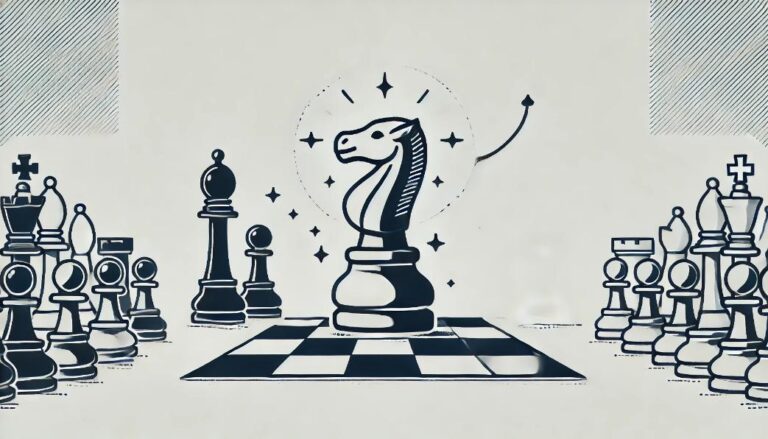Introduction to Lucena Position Chess
Artificial intelligence has made significant advancements in the field of chess, revolutionizing how the game is played. With powerful algorithms and machine learning techniques, computers are now able to defeat top human chess players. However, for many chess enthusiasts, the true beauty of the game lies in its strategic and positional aspects. One crucial element of chess is the endgame, where all the pieces except for a few are resolved. In particular, Rook endgames are known for their complexity and require careful planning to secure a victory. In this regard, the Lucena Position Chess technique has gained popularity among chess players as a reliable strategy for winning Rook endgames. In this article, we will explore the concept of Lucena Position Chess, how it works, and its effectiveness in securing victory in Rook endgames.
The Basics of Rook Endgames
Before diving into the specifics of the Lucena Position Chess technique, it is essential to understand the basics of Rook endgames. The endgame is the final phase of a chess game, where there are few pieces remaining on the board. As the game progresses, pieces are exchanged, and eventually, only a few powerful and versatile pieces, such as the Rook, remain. Rook endgames, in particular, are known for their tactical complexity and require careful calculation to achieve a favorable outcome.
Understanding the Lucena Position Technique
The Lucena Position technique is a strategic concept used in Rook endgames to secure a win against an opponent. The technique involves maneuvering the Rooks to create a favorable position, which makes it difficult for the opponent to defend or delay the game. To understand this positioning strategy, we must first understand the concept of opposition.
Implementing Lucena Position Chess in Rook Endgames
To illustrate how the Lucena Position technique works, let us consider the following scenario:
In this position, Black´s King is in a vulnerable position, and White´s Rook is preventing it from moving up the board. Black´s Rook, on the other hand, is tied down to defending the pawn. Here, White can use the Lucena Position technique to create a winning position by following these steps:
Step 2: Bring the King back to block the Rook´s advance, forcing the opponent´s King to the back rank.
Step 4: Use the other Rook to attack the pawn, forcing the opponent´s King to move towards the 8th rank.
With this sequence of moves, White can advance their pawn and secure a winning position. The key to success with the Lucena Position technique is to carefully maneuver the Rooks to create a position where one Rook can penetrate while the other keeps the opponent´s King in check and defends the pawn.
Conclusion
In conclusion, the Lucena Position technique is a powerful strategic approach to Rook endgames that has proven to be effective in securing a win against an opponent. It involves breaking opposition, creating an unopposed file for a Rook to penetrate, and utilizing the other Rook to attack and defend. With the advancements in AI and chess engines, this technique has been studied extensively and has proven to be reliable in securing victory in Rook endgames. As technology continues to evolve, it will be interesting to see how AI and chess players incorporate and improve the Lucena Position technique in their gameplay.






